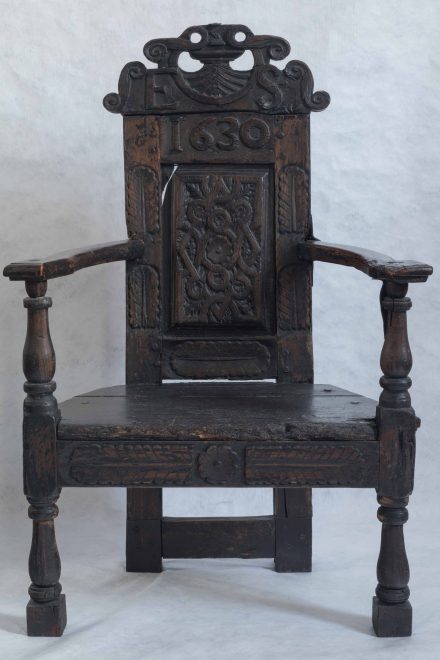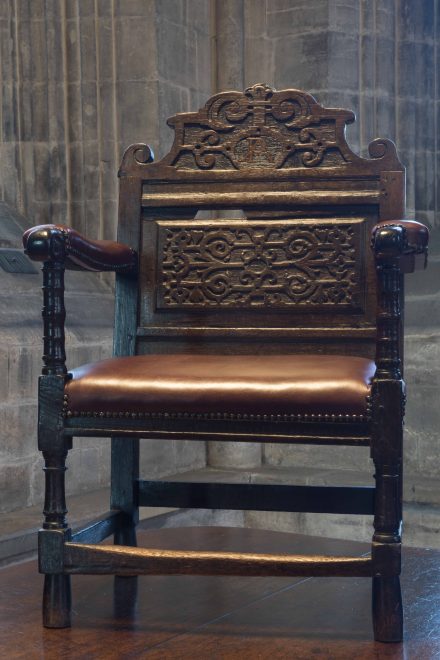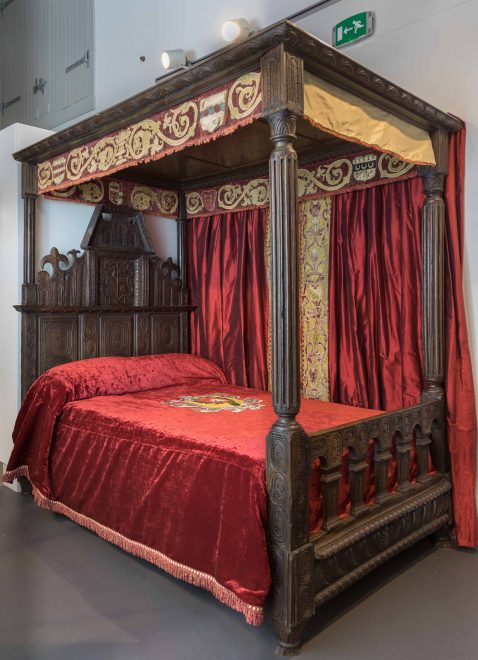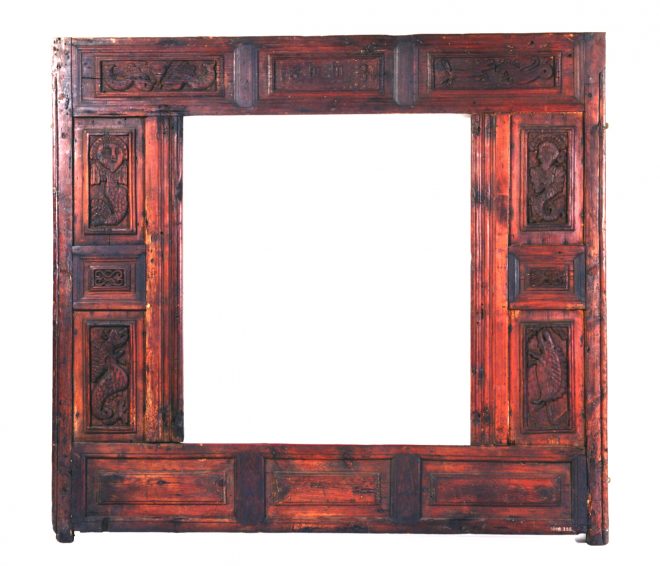Scotland boasts hundreds of castles and old houses that were standing 500 years ago. However, surprisingly little of the furniture to be seen in these buildings, enlarged and modified as they are, is anything like as old. In fact, although documentary evidence can tell us a great deal about wealthy homes in the 16th and 17th centuries, our understanding of exactly what Scottish furniture looked like during this period is rather patchy.
Over the past year, I have been looking closely at what survives of 16th and 17th century Scottish furniture thanks to a research grant from the Royal Society of Edinburgh. Travelling across Scotland to examine, measure and photograph these objects has enabled me to consider the National Museums Scotland collection in the light of other museum collections, large and small, and alongside isolated survivals in private hands.

Across the nations and regions of early modern Europe, there were both similarities and differences in the construction and decoration of domestic furniture. Consider, for example, two early 17th century Scottish chairs. One dated 1630, today in the collections of Aberdeen University, is of a type often regarded as quintessentially Scottish. Known by its French name, caquetoire, this type is defined by a trapezoidal seat, curved arms and narrow back. The name, meaning roughly ‘gossiping chair’, was not actually used for this type of chair during the 16th or 17th centuries but caught on among 19th century collectors. The Scottish form was probably influenced by contact with France, although it was also found in England and the Netherlands.

More conventional box frame structures were also prevalent in Scotland, such as an early 17th century example now at Glasgow Cathedral inlaid with the initials AP and associated with the Glasgow merchant Alexander Porterfield. A survey of where these two chair forms are found would suggest that the caquetoire was common throughout eastern Scotland but that a square form of chair was more common in western Scotland. Such a conclusion is strengthened when backed up by examples with evidence for their geographical location at the time of manufacture.
To an experienced eye, physical clues help date an object or place it geographically, and furniture contains many such clues in construction, style, timber and condition. But an object with a documented history can be placed with greater certainty. This is the basis for the study of 18th century furniture: not only does it survive in much larger quantities, some items have never the left the houses for which they were made and the original written bills also survive. This is never the case, however, for the period before 1650 where the only evidence of this kind is generally a carved date or some heraldry.

An example of this is the bed frame now at Biggar Museum bearing a coat of arms that points to the marriage in 1598 of Patrick Levingstoun of Saltcoats, near Gullane, to Margaret Fawside of Fa’side, near Tranent. The bed was restored, with a fair quantity of additional timber and embroidered hangings, in around 1900 by Sir Thomas Gibson-Carmichael, who found it at Skirling House, near Biggar. Patrick Levingstoun’s grand-daughter married William Carmichael of Skirling and only the heraldry locates the bed’s origin in East Lothian rather than Lanarkshire.
The classical fluted columns of the Levingstoun bed contrast starkly with an enclosed bed front dated 1641 in the collection of National Museums Scotland. When acquired in 1885, it was described as having been salvaged from the House of Cairnbulg, near Fraserburgh. Nothing in the decoration can confirm this, although it is known that in 1782 the house was stripped of its timbers, ironwork, glass and slates and these materials advertised for sale. Enclosed ‘box’ beds were not unusual at this time and provided sleeping accommodation for middle-ranking members of the household such as the lord’s adolescent children and the higher servants. Visiting Scotland in 1598, the Englishman Fynes Moryson wrote of ‘bedsteads… like cubbards in the wall, with doores to be opened and shut at pleasure’.

The vividly carved monsters on this example are unsophisticated in execution but represent a level of expenditure and display that in 1641 was still limited to gentlemen. Nor was the subject matter – two mer-people, a dragon, and a quadruped that could be anything from a beaver to a crocodile – entirely whimsical. The representation of unfamiliar creatures was quite common in painted ceilings, textile hangings and plasterwork. Such images were derived from printed bestiaries, an amalgamation of inherited classical learning and the latest discoveries in what was shortly to become the scientific study of the natural world.
I am now writing up the results of my research and a follow-up blog will appear in due course.
